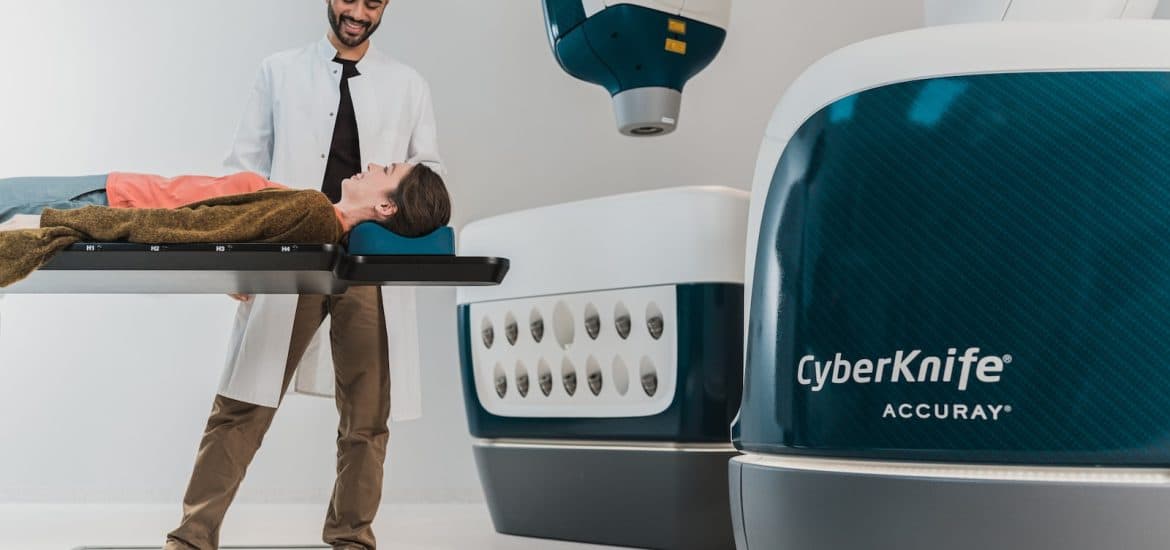The role of remote patient monitoring in preventive care is essential, especially when preventing infections, improving patients’ health, and freeing up hospital resources. It also enhances patient engagement and helps diagnose medical conditions that are difficult or even potentially life-threatening.

Improves patient engagement
Remote patient monitoring in preventive care can improve patient health outcomes and overall satisfaction. It can also save your patients money and increase your reputation. The Affordable Care Act has prompted many healthcare providers to adopt more patient engagement strategies. It identifies patient engagement as a quality factor in patient-centered medical homes. To improve patient engagement, your team needs to work to meet their needs where they are. This can be done by developing a database and engaging them in targeted outreach campaigns. Your healthcare provider may also need to train their staff. Telehealth can also boost engagement by providing patients with educational tools and services. These include vaccinations, which protect patients from serious diseases.
Additionally, it provides a convenient method of communication between a patient and a physician. RPM programs can provide various educational content and remind patients to collect vitals. They can also offer regular data readings. One of the best ways to engage patients is to give them a choice of architecture. For example, if you have a patient portal, you can use this to give them a choice between a traditional office visit and a video call. Similarly, your patients can choose to share their medical data from wearables.
Reduces infection risks
In the United States, 133 million people have at least one chronic disease. These diseases are responsible for seven out of ten deaths. Using telehealth technology in preventive care can help reduce the risks of transmission from one person to another. As a result, many health systems have begun to increase their use of remote monitoring technologies (RMTs). This is particularly beneficial for patients in various settings, including those who are elderly, pregnant, or immunocompromised. Remote patient monitoring benefits a wide range of stakeholders in the healthcare system, including patients, caregivers, and providers. It increases access to virtual care, improves communication, and enhances patient transparency and loyalty. As a part of a team-based care model, remote patient monitoring diabetes allows healthcare organizations to change the course of a patient’s care plan based on clinical insights and trends. This increases the likelihood of optimal care delivery and improves clinical insight into a patient’s status. If you are a provider looking for ways to cut costs, improve patient satisfaction and save lives, a remote patient monitoring system may be right for you. These devices can reduce the need for in-person testing and reduce emergency department visits and hospital admissions. While many plans come with a hefty price tag, these gadgets are within reach.
It frees up the hospital’s capacity
Remote patient monitoring (RPM) is one tool that health systems use to manage hospital capacity. This technology can free up beds and other resources for high-risk patients and help prevent readmissions. RPM also helps hospitals reduce the costs of treating patients and can improve patient satisfaction. Hospitals are leveraging remote monitoring technology to monitor patients at home. Home monitoring equipment sends data to the patient’s healthcare organization, which can then provide care or refer the patient to a more appropriate place. The program can reduce the need for hospitalization for patients with chronic illnesses. It can also reduce the risk of transmission from the hospital to the home.